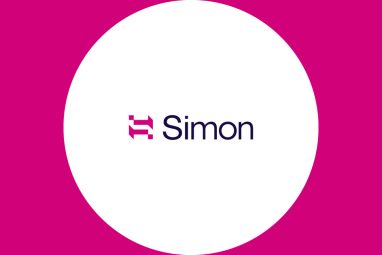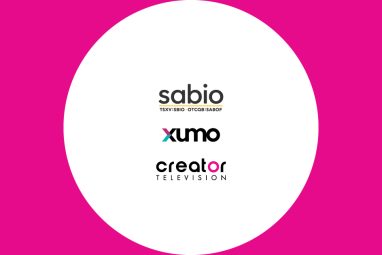Digital Tools Are Key in Maintaining Patient Engagement: Mobiquity Healthcare Survey
Mobiquity released results of a new Healthcare Management and Patient Loyalty Report. The survey explores how patients are responding to the increase in digital tools as healthcare providers continue to promote telemedicine and wearables to ensure safety and convenience as the pandemic subsides. Mobiquity surveyed 994 consumers in the US to gain insight into how […]
Topics

Mobiquity released results of a new Healthcare Management and Patient Loyalty Report. The survey explores how patients are responding to the increase in digital tools as healthcare providers continue to promote telemedicine and wearables to ensure safety and convenience as the pandemic subsides. Mobiquity surveyed 994 consumers in the US to gain insight into how they are using these technologies to manage their health as well as what additional advancements they would like to see in the future as digital habits continue.
According to Mobiquity’s findings, there is a significant divide between how patients across different age groups leverage technology to monitor and manage their health. It comes as no surprise that the majority of patients have increased usage of telemedicine options in the last year, but 80 per cent of older patients (56+) still prefer more face-to-face interaction with providers. On the other hand, 54 per cent of those 25-40 would like to continue using telemedicine as much as possible even as in-person restrictions continue to be lifted.
Beyond aiding with communication, technology use plays a significant role in patient loyalty. If a healthcare provider offered telemedicine options, over half of respondents aged 18-40 would be more likely to keep annual visits and seek preventive care versus 29 per cent of patients 56+. On top of that, 50 per cent of patients 25-40 stated that once they have gone through the process of setting up their provider’s mobile app, they are less likely to switch compared to only 29 per cent of those 56 and older. Additionally, 44 per cent of those aged 25-40 would switch doctors to get a better digital experience while only 12 per cent of those 56+ would do the same.
Even with this generational divide, there are a few universal findings:
- Of those surveyed, 95 per cent indicated that it is important that their healthcare provider makes it easy for them to ask questions and get responses from a physician or nurse.
- If the overall experience is easier, 78 per cent of patients are more likely to seek medical treatment.
- Only 67 per cent expressed satisfaction with telehealth, indicating there is plenty of room for improvement.
“In the last 18 months, healthcare professionals had to rapidly transform their digital offerings to provide care to patients while also ensuring both parties’ health and safety,” said Teun Schutte, managing consultant, digital strategy at Mobiquity. “Across all industries, we’ve found that these digital habits are not going away. When it comes to healthcare and life sciences, our report confirmed that catering to these new tech-focused preferences is necessary to build strong and trusted relationships with patients. By providing a variety of care options to all generations, providers can use these digital tools to optimise care and build long-standing relationships with patients.”
Also Read: Caring for CX — MarTech in Healthcare
Additional findings from the Healthcare Management and Patient Loyalty Report include:
- Data security is a top concern – 64 per cent of patients would be more likely to use a digital health tool or platform if I had confidence that it kept my data secure.
- Communication is key to building trust – 75 per cent of patients believe that the better their healthcare providers are at staying in touch with them, the more trust patients have in doctors’ management of their health.
- Younger generations are more interested in tech-managed health options – 68 per cent of those 18-40 would consider utilising a digital tool (such as a mobile app, smart watch, or voice-prompted assistant) to manage their health compared to 37 per cent of those aged 56 and older.
- When managing health conditions with digital tools, there is room for improvement – When it comes to managing and monitoring a health condition only 52 per cent of patients were satisfied with hands-free devices or voice assistants like Alexa, 64 per cent were satisfied with mobile apps and 70 per cent were satisfied with smart watches.








































































































